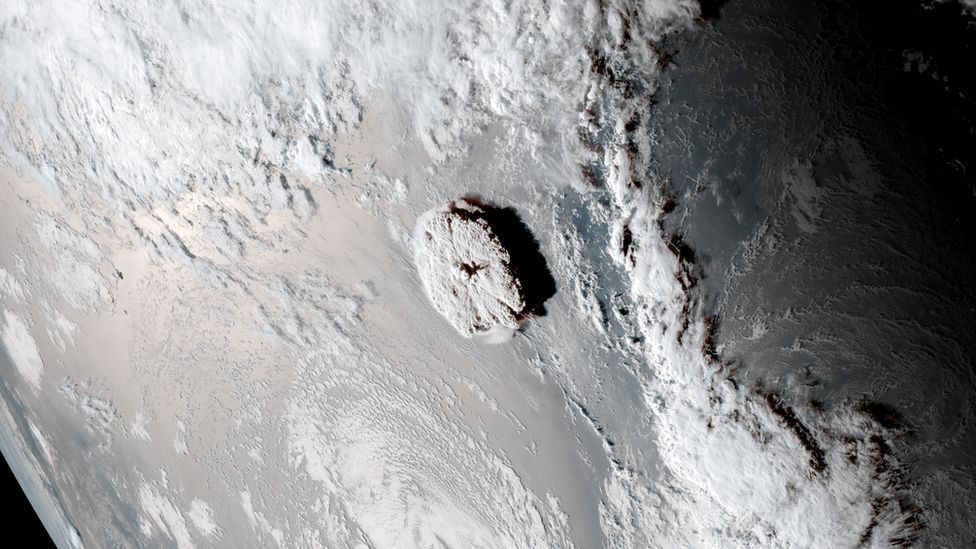This Saturday (15), the eruption of a submerged volcano in Tonga left the island’s communications down, and the full recovery of these systems could take up to two weeks. Currently, although part of the infrastructure has already resumed, telephone and internet communications on the island are very limited, and there is still no information on the state of coastal areas.
Clear information about the communication failure has not yet been made available, as Tonga is having great difficulties in contacting the rest of the planet. What he knows, so far, is that the undersea cables that connect the world’s telecommunications and internet systems to the island were broken during the eruption.
The violent eruption a few hours ago of the Hunga Tonga-Hunga Haʻapai volcano captured by satellites GOES-West and Himawari-8. pic.twitter.com/PzV5v9apF6
— Wonder of Science (@wonderofscience) January 15, 2022
Want to stay on top of the best tech news of the day? Access and subscribe to our new youtube channel, Kenyannews News. Every day a summary of the main news from the tech world for you!
The eruption generated gigantic waves on the island’s coast, which, after the event, was covered in ash from volcanic activity. In total, more than 80,000 people may have been directly or indirectly affected by the incident.
As of Monday (17), part of Tonga’s power and communications has already been restored, but full recovery of the systems could take more than two weeks, as replacement of submarine cables is required and the closest ship capable of performing work is 4 thousand kilometers from the island, in Port Moresby, capital of Papua New Guinea.
trouble for the world
In the world, there are approximately 428 submerged cables, covering 1.1 million kilometers across the globe to make the planet’s telecommunications and internet structures work.
However, events such as the eruption in Tonga show how fragile this infrastructure is — since the way in which cables are distributed across the planet, always using the shortest possible path between two points, forces them to be located in places where natural disasters occur. are common.
In addition, natural disasters can cause others. Since the eruption in Tonga, countries like Australia and California have been warning of possible tsunamis in their coastal areas, which could generate more infrastructure problems, this time in locations that have globally important services for the world’s daily life.
Having said all that, Dale Dominey-Howes, professor of natural hazard sciences at the University of Sydney, says it is necessary for the world to start studying the current risks in telecommunications infrastructure, as well as thinking about ways to have communications that are not dependent only on these factors. , such as satellites, as future disasters can cause more severe consequences, not only for the affected areas but also for the entire planet.
